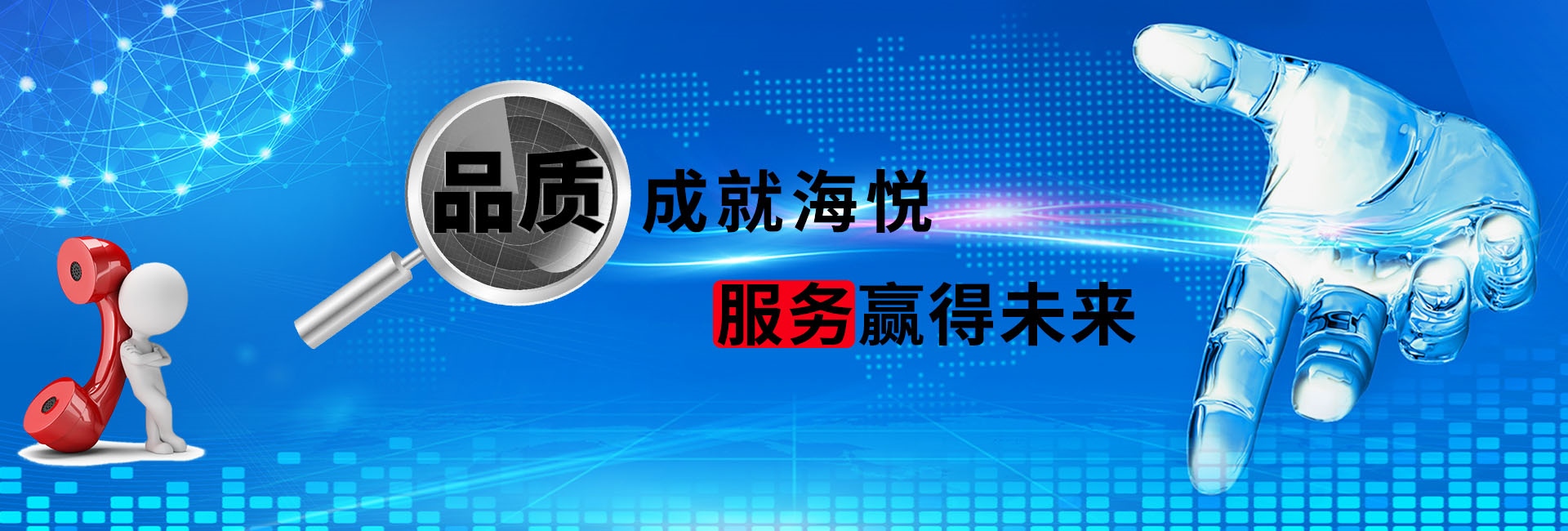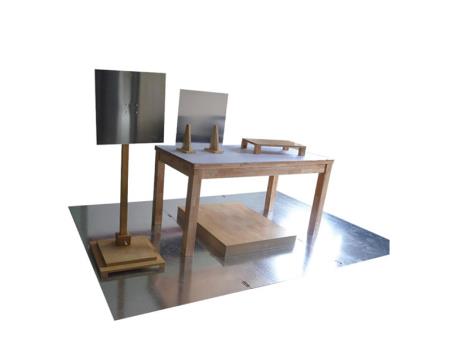Electrostatic discharge test Configuration ESDD
Product Introduction: The test environment is configured in strict accordance with the requirements of iec61000-4-2 and gb/t17626.2 standards for electrostatic discharge test specifically designed, all-solid wood structure, sub-table equipment and floor configuration, can also be used for fast transient pulse group, damping oscillation and on-board electronic immunity test. ECG Tester can provide the electrostatic environment according to IEC61000-4-2 and ISO-10605 standard.
Product Introduction: The test environment is configured in strict accordance with the requirements of iec61000-4-2 and gb/t17626.2 standards for electrostatic discharge test specifically designed,All solid wood structure, table-top equipment and floor-mounted configuration, can also be used for fast transient pulse group, damping oscillation and on-board electronic immunity test.
It can provide electrostatic environment according to IEC61000-4-2 and ISO-10605 standard.
Electrostatic discharge immunity test the latest standard gb/t17626.2-2006 equivalent to iec61000-4-2:2001
1.1 Causes of electrostatic discharge:
1.2 Purpose of Test:
The ability to test the antistatic interference of a single device or system. It simulates:
(1) Discharge of the operator or object in contact with the device.
(2) Discharge of a person or object against a neighboring object.
Electrostatic discharge may have the following consequences:
(1) The damage of semiconductor devices is caused directly by energy exchange.
(2) The electric field and the magnetic field caused by the discharge cause the wrong action of the equipment.
1.3 Discharge Mode:
Direct discharge (direct discharge of equipment): contact discharge is the preferred form, only in places where contact discharge is not possible (such as the surface coating of insulating layer, computer keyboard gaps, etc.) to use air gap discharge.
Indirect discharge: horizontal coupling, vertical coupling
Previous: Power frequency magnetic field antenna
下一条: Directional coupler

